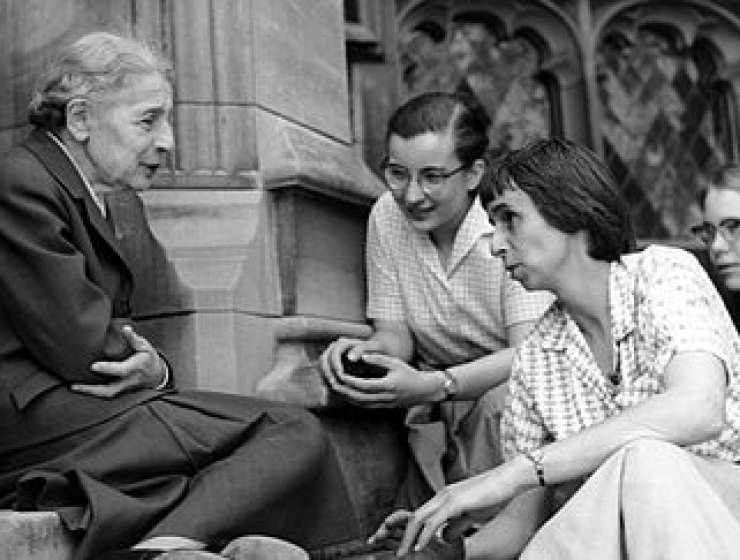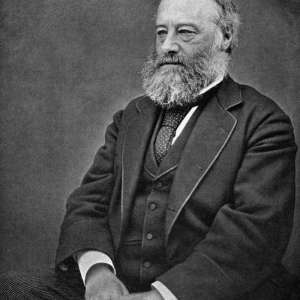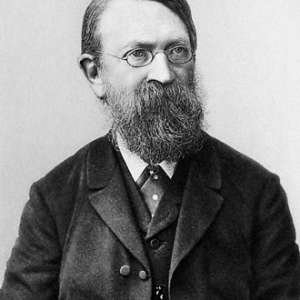
IF scientists could be created by pair-production, like the particle antiparticle pairs that come from the gamma-ray decays, then the experimental nuclear physicists Lise Meitner and Otto Hahn could well be the result. They were born in 1878 within a few months of each other; they died ninety years later within two months of each other. In between they formed a partnership which in one way or another lasted 60 years.
Opposite they may have been, but not equal. Hahn was Meitner’s reflection in a mirror of privilege: male, affable, affluent and standard-issue German. Meitner, rare as a positron in a sea of electrons, was a female physicist in 1907 Berlin, when women’s access to higher education was barred. She was a Jew; she was also a timid Austrian emigre’. Her fate was to be known best as the woman who did not get a share of Hahn’s Nobel prize for the discovery of nuclear fission.
Most physicists hanker, at least secretly, for a distinct scientific identity, a piece of the physical universe with their name carved on it. But in a collaboration as close as Meitner and Hahn’s, it would be easier to draw lines on water than say who was responsible for what.










































